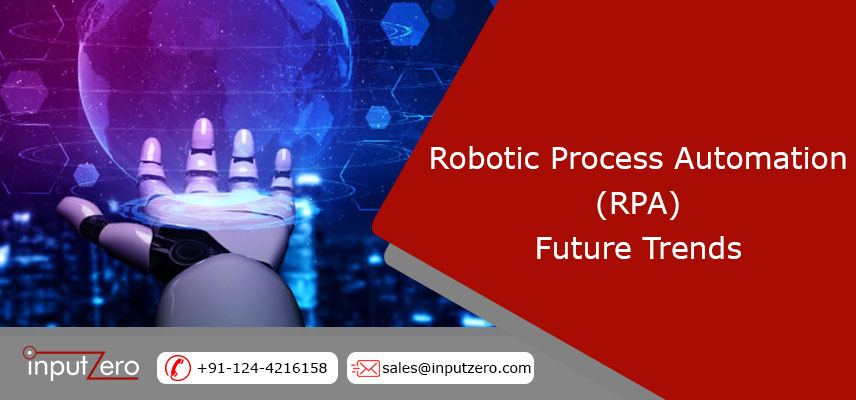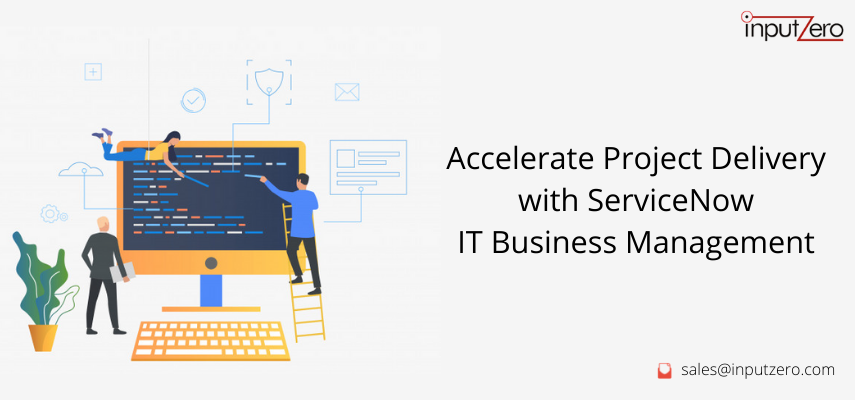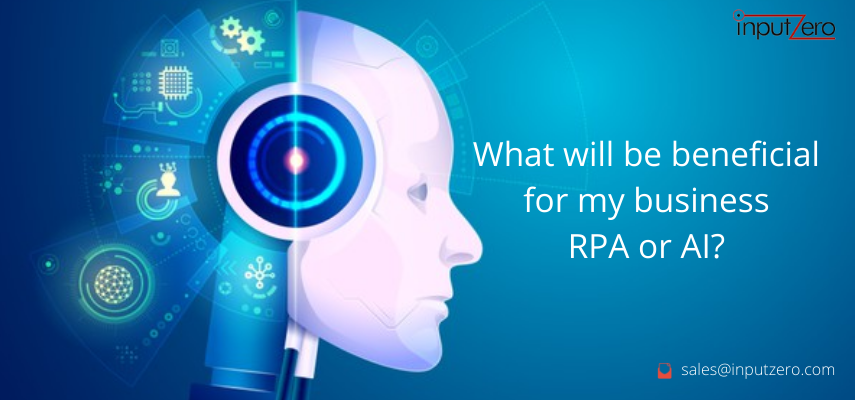Emergence of Robotic Process Automation (RPA)
It's very important for every business to evolve with technologies, understand their customers’ needs to sustain and grow. In the race to outpace digital transformation, robotic process automation (RPA) is often heralded as a quick and easy way to streamline critical processes, often extending the life of legacy systems. Robotic process automation bots add value to an automation platform by completing tasks faster, allowing employees to focus on higher-value work. Et eveniet enim. Qui velit est ea dolorem doloremque deleniti aperiam unde soluta. Est cum et quod quos aut ut et sit sunt. Voluptate porro consequatur assumenda perferendis dolore.
Due to such value addition, Robotic Process Automation (RPA) tool adoption has soared during the past couple of years. Recently Gartner’s published research report on RPA market forecast. According to this report, spending on RPA software will top $1.5 billion this year and continue to grow by double-digit percentage terms for the foreseeable future. Deloitte also projected stats and anecdotal evidence that tell a similar story. Deloitte projected that RPA will hit nearly universal adoption in the business world at some point in 2023.
Key RPA Trends
Amidst the economic pressures from COVID-19, we asked a range of experts to share their insights on what the new year will bring. Below mentioned key RPA trends are likely to unfold in predictable future.
COVID-19 Boosted Enterprise Interest in RPA
The corona pandemic which initiated recession, actually boosted interest in RPA for many enterprises. As per Gartner’s findings, 90% of large organizations globally will have adopted RPA in some form by 2022. These organizations are looking to empower critical business processes digitally while recalibrating human or manual effort. Due to impact of COVID-19, RPA demand will grow and service providers more confidently will push RPA solutions to their clients. The decreased dependency on a human workforce for routine, digital processes will be more attractive to end users not only for cost reduction benefits, but also for insuring their business against future impacts like this pandemic.
Organizations Are Planning to Grow RPA Capacity
By 2024, large organizations will increase capacity of their existing RPA portfolios by three times. This increased capacity will include new add-on from their original vendor or partners. As organizations getting positive outcomes, they are planning to add licenses to run RPA software on additional servers and add additional cores to handle the load. This trend is a natural reflection of the increasing demands being placed on an organization’s ‘everywhere’ infrastructure.
Expanding Beyond Finance and Accounting
Finance with its repetitive, computer-based tasks (such as invoice processing) became fertile terrain for RPA’s growth in the enterprise. RPA and its process improvements are expected to spread faster into other business functions as finance department look to extend its use cases. HR and customer experience as chief examples.
Companies today employ hundreds of applications to ensure high levels of customer satisfaction and it is critical to be able to look across many applications to identify potential bottlenecks and sources of friction. HR is another traditional department where RPA stands to expand its applications, especially because it still commonly involves a lot of manual, repetitive effort. RPA can optimize the process by identifying opportunities for workflow automation and re-engineering.
Half the Future Adoption from Non-IT Buyers
As mentioned earlier, the corona pandemic actually boosted interest which includes non-IT organizations also. Gartner predicts that by 2024, half of all new RPA clients will come from business buyers who are outside the IT organization. Leading RPA software vendors are getting enquiries from chief financial officers (CFOs) and chief operating officers (COOs). These operation heads are appreciating quick deployment of low-code/no-code automation. The challenge they have is integrating RPA successfully across heterogeneous, changing environments, which is where IT coordination can make the difference.
With more acceptances for RPA, companies are now discovering that business growth is only possible in the intelligent interaction between human labor and supporting software robots. It’s difficult to keep pace with developments in the areas of RPA. Therefore, it is even more important that companies understand these trends and adjust their strategy accordingly in order to gain a decisive competitive edge. RPA gives companies of all sizes and in all industries a competitive advantage to develop a strategy for their own digital transformation.









